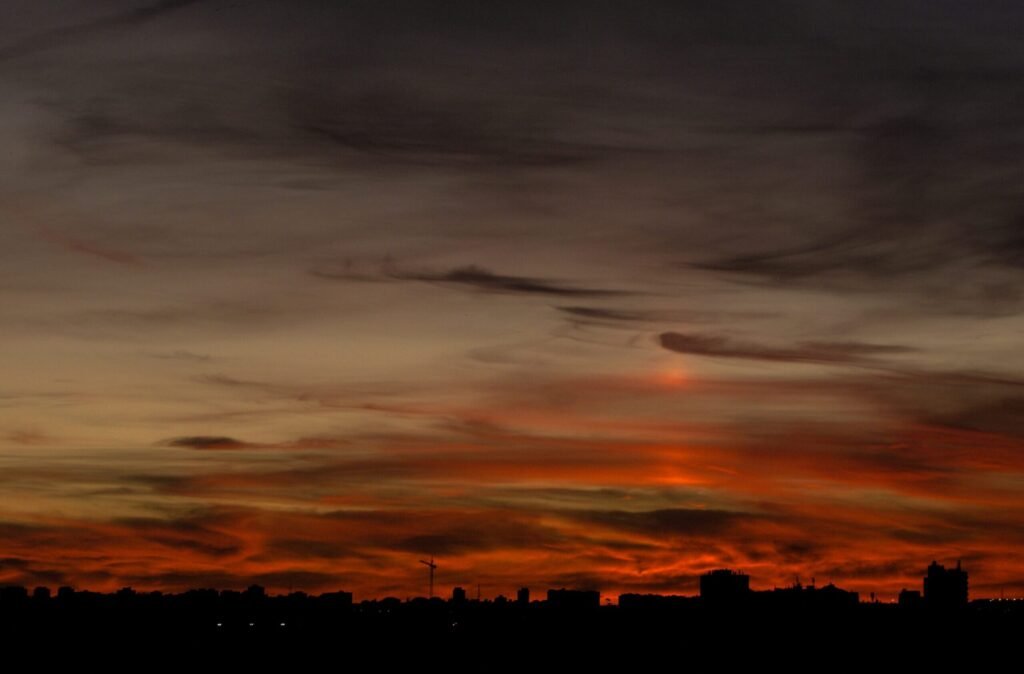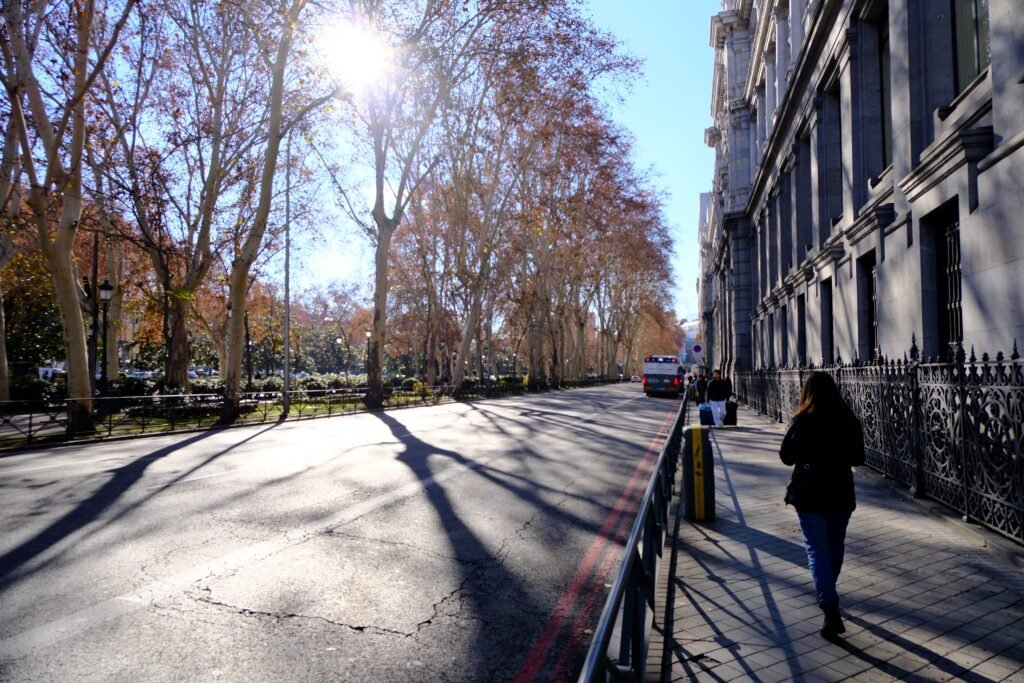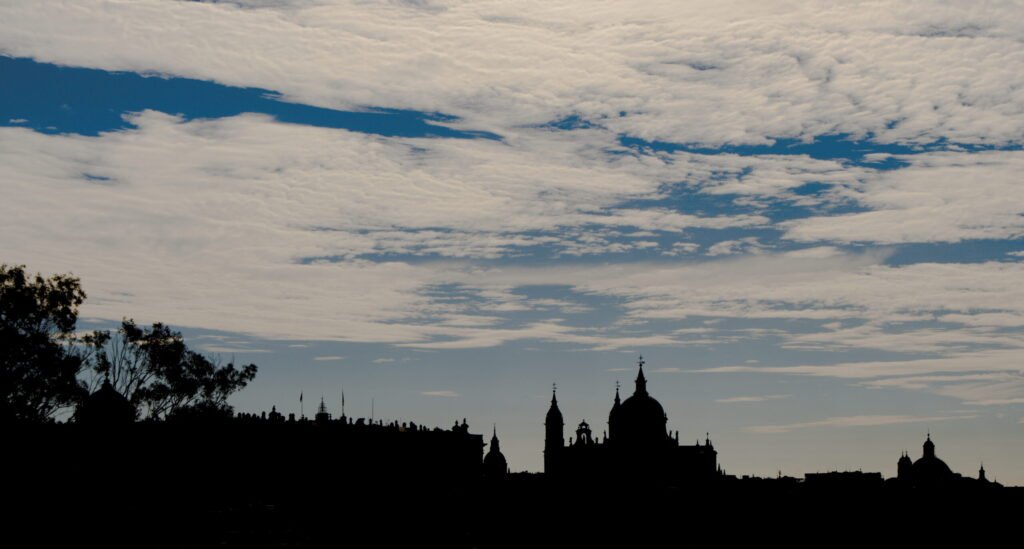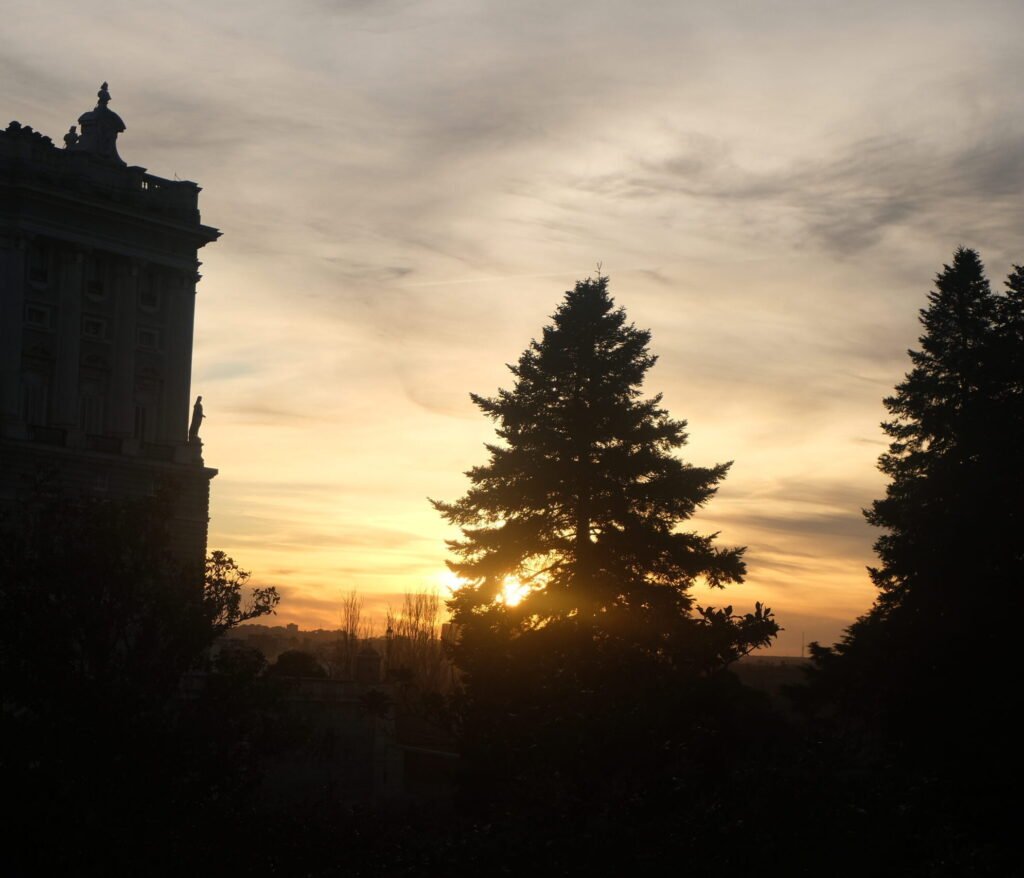One of my biggest misconceptions when starting photography was the belief that a photo needs to be heavily edited to be considered worthwhile or impactful, like the award winning ones. And while there is truth in that, I’ve come to realise this assumption can be as further away from the truth as needed.
In the last year, I’ve take my beloved camera out as much as possible, and several locations and thousands of shots later, a nice little discovery made this medium more attractive than the rest.
I found that most of my beloved shots required little to no editing whatsoever.
And while I do understand and value heavily edited photos for what they represent, an artistic representation of what the photographer saw or felt in that moment, as someone that spends too much time with multiple monitors in tech, the thought of post processing every piece has never sit right with me.
A word about How I Scale the Editing
I understand that this can be subjective.
What I do tag as heavily edited:
- Adding too much exposure to under-exposed photos, and vice versa
- Selective color manipulation. Color tones that are applied locally, instead of global gradual tones, making a really big difference between photos when viewing.
- Overdone saturation or heavy shadow and highlight contrast change.
The photo below is an example of something on the verge of light editing. The warmth addition changes the color palette, but other than that, I feel the tone of the original photo is the same, and don’t see any drastic alterations in terms of exposure, shadows, contrast and selective color manipulation.
Edited: From Minor Touches to Noticeable Changes
I do, however, love the result from the left. On a bright day, in an alley where the sun reaches from above, the alley is darker, almost to the point of resembling a low-light photograph taken in broad daylight.
I normally tend to prefer the right photograph, mostly because it’s easier on my eyes. Therefore avoiding the blue light on monitors had an effect in my personal taste for warmer scenes.
So while the change in color tone is not small, I do feel it subtle, natural-looking and overall the photo maintains the authenticity of the scene.
What in theory is considered heavily edited, but I don’t, since it respects my criteria of changing the tone globally is in regards to black and white photos.
Purely Natural: No-Edit Shots
These are by no means perfect, but are among my favourite shots from the Madrid trip. Encompassing, maybe not exactly how the world looked at that time but how the result from the camera were meant to be.
And I usually strive for this.
I do appreciate light editing and small adjustments if needed, but when something hits close to 99% of what I’ve envisioned, it may be further improved by editing, but I refuse to do so. While at the same time, archiving the RAWs for when I possibly change my viewpoint.
Sometimes Boundaries can be broken
There are times when personal rules are thrown out of the window. And while in theory a black and white photo is more edited, I do feel that adding various changes to specific areas, in this case to showcase silhouettes, does mean the photo is heavily altered.
But even as I do have personal rules, sometimes it’s invigorating to spend a few minutes or even hours on a single piece.








1 comment
Comments are closed.